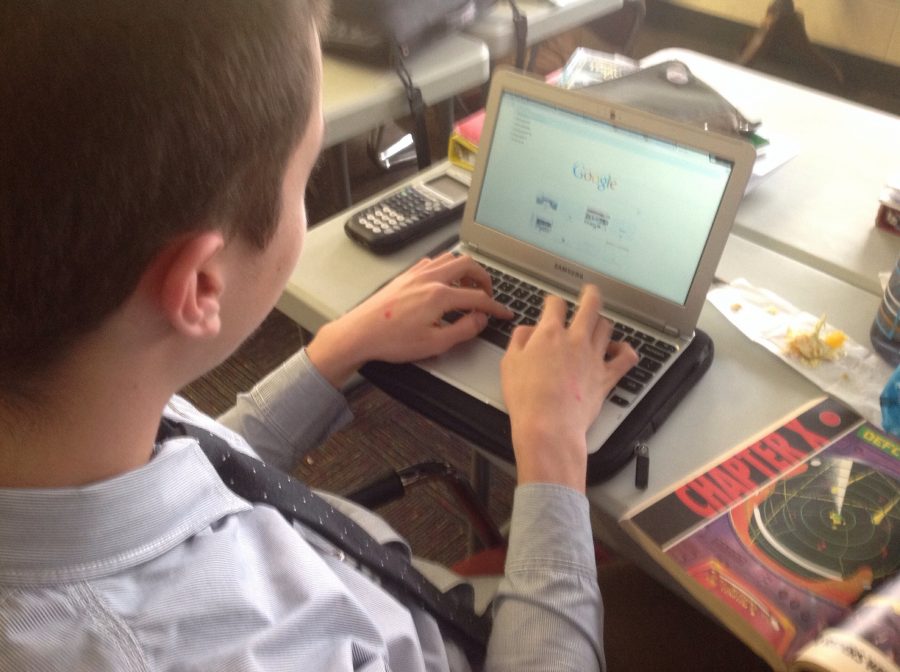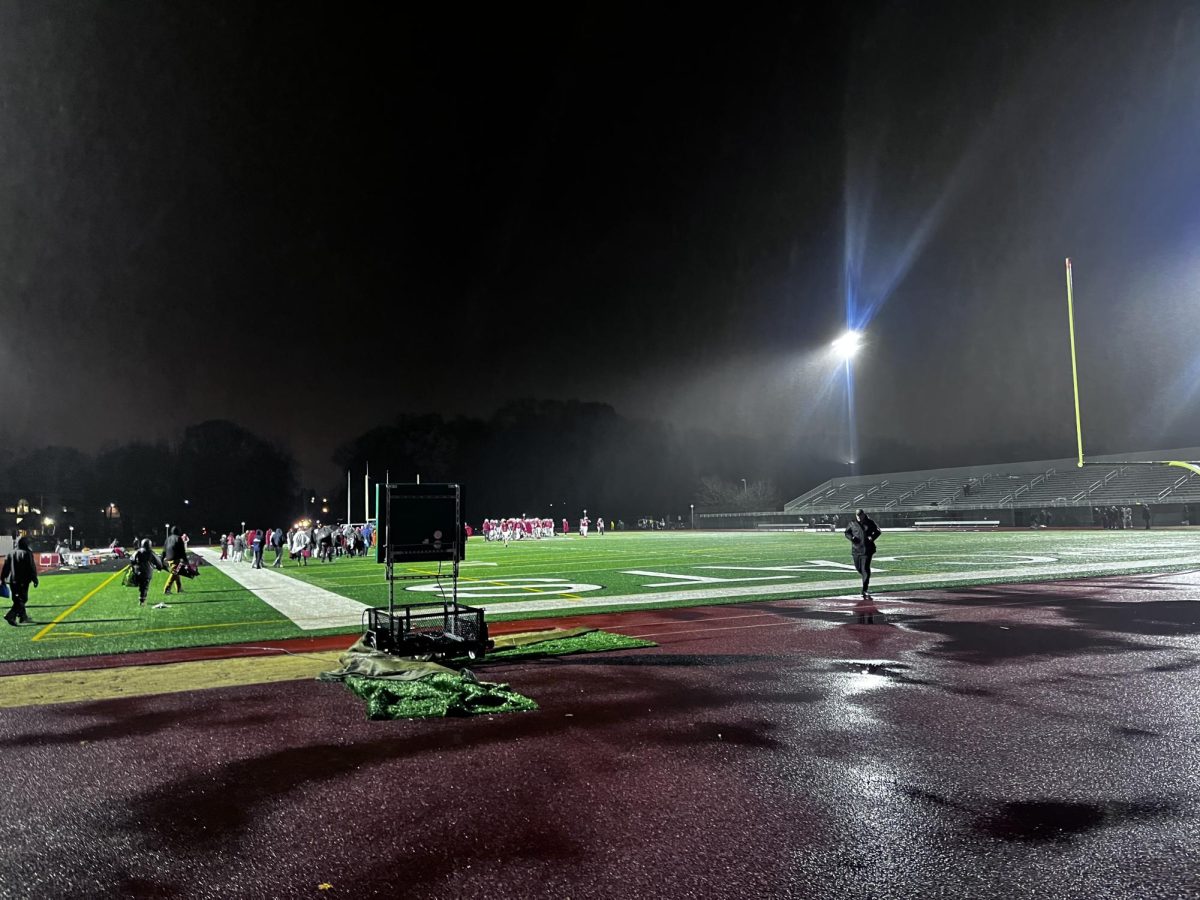Nick Sherrard ‘15
Next year, St. Ed’s will be starting a one-to-one program. Every student will have a device in class with them to work on. While some students were worried that the school would force them to buy a specific device from them before school starts, Mr. Seiler, Director of Technology here at St. Eds, has assured the school that every student will be able to bring their own device as long as it satisfies certain requirements. These requirements include, the ability to access Google Chrome and must have a screen larger than 9.5” diagonal (so no phones or iPad Minis). The rest of the specifics can be found in the chart below.

If a student does not have a device that can meet these requirements, there will be an option to rent a Chromebook for the year, which will come to about $100. Although this is a valid option, a student should consider that in a few years they will need to get a device for college that would be similar to one that fits these requirements. In a survey taken earlier at school, only 60% of students said that they had a device ready that they could take to school for next year. 40% will have to decide to buy a laptop or rent a Chromebook. While renting a Chromebook is a valid and reasonable option, the money spent renting the chromebook over your time spent at St. Eds could also be used to buy an inexpensive netbook that would not be restricted by the ownership of the school.
Although it seems like the school is putting most of the difficulty on the students, they are taking on a lot to make sure that the program works. New wifi will be installed on July 1, of the coming summer. This new wifi will be five times faster than the current wifi, and should be able to easily handle the new devices using it. It will also uses something called a “caching server” to improve the experience for students. A caching server stores images and other parts of websites that are frequently used by a great number of students. For example, it will remember what the google web page looks like so it doesn’t have to look it up every time a student wants to go there. It’ll just be able to look back at all it has stored and pull it up. This will make the internet seem as if it is going even faster than it will. In addition to that, the entire school will be completely covered by wifi. There will be over 40 access points that students can access wifi from in the building. If one goes down, the others around it will pick up its area, so the wifi should experience little to no problems. Students that were concerned that the wifi going down will stop all classes shouldn’t be too worried. Whole school wifi crashes would not be the school’s fault, it would be because of the ISP, the internet service provider. If that were to happen, the school would contact the ISP, and it should be up quickly. This happened once this year so far and the internet was only down for 90 minutes, so an incident like this will not be a major issue.
As of right now, teachers will be running their classes on an honor system. They will not be monitoring students’ devices during class. The logistics to do that are too difficult. At best, the teachers could walk around the room and see what everyone’s doing. If they feel that students are using the wifi inappropriately, they can look back at the wifi’s usage to figure out what they were doing. The internet usage is logged completely for long periods of time. This would be an after-the-fact kind of monitoring and is already being used now, so device monitoring will not be any more involved.
The technology for the program seems like it will be reliable, so any concerns about that are not worth worrying about. The issue lies in how students will adapt to the new program. For the 60% that already have devices, it shouldn’t be too different, but for the rest of the students that aren’t used to typing notes might need to adjust a little.
Details of SEHS Becoming One to One
April 15, 2014
More to Discover










